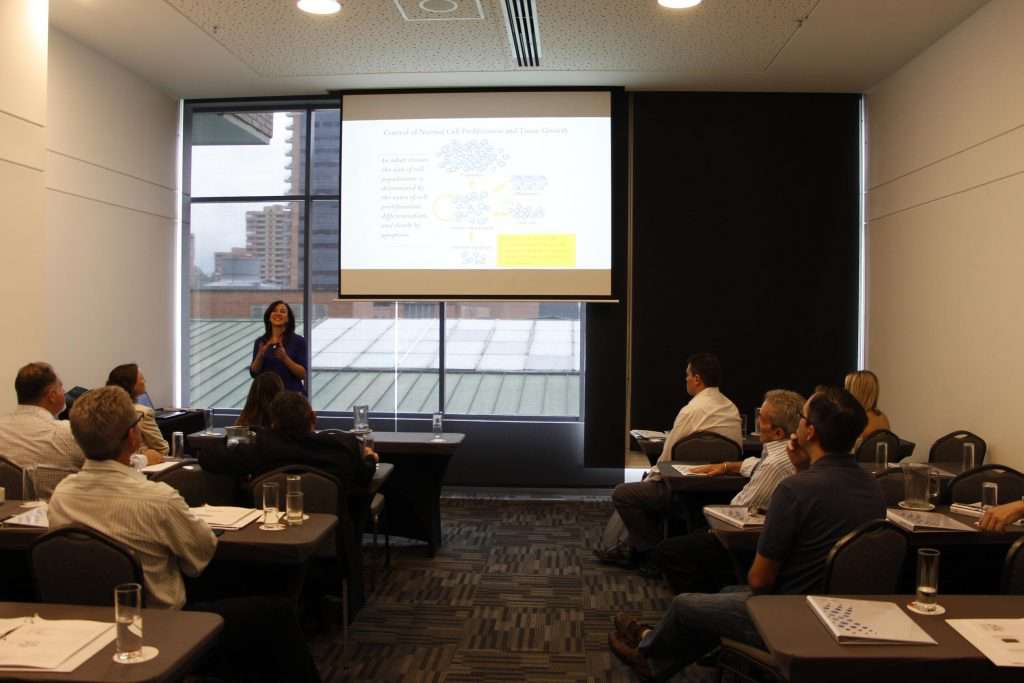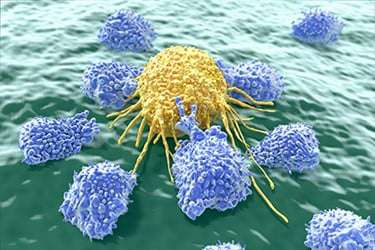Making the decision to get stem cell therapy is a big one. The only exception is if you’re getting some sort of bone marrow treatment, since at least that is FDA-approved and therefore covered by your insurance. Getting stem cell treatments for any other reason, however? Then you’re paying out of pocket.
That’s why you need to ask questions. You need to be fully confident in the treatment, which has absolutely helped so many, but as with every medical treatment, is not a guarantee.
One of the big questions you need to ask yourself are about the side effects. Some treatments, after all, come with a side effect that makes the disease pale in comparison. It’s also a good idea to know how you can expect to feel months after the transplant.
This guide goes through everything you need to know about getting stem cell treatment at Bioxcellerator, and how do you feel after stem cell therapy with us, so read on:
Introducing Stem Cells
To understand every possible side effect of stem cell treatment, you first need to understand what are stem cells. Stem cells, in short, are cells that can become other cells. This means if a cell is damaged, a stem cell can come by and replace that damaged cell by becoming it.
It’s currently used in blood transfusions and cancer treatment, where medical specialists take stem cells from your bone marrow and then use it for your treatment. Stem cells, however, have many more potential applications, like treating spinal injuries all the way to helping those manage osteoarthrosis.
How Stem Cell Treatments Work
So, what are stem cell injections, and are they different than that cancer treatment option? In out clinic, we source the stem cells from donors. Specifically, from Wharton’s Jelly, which can be found surrounding donated umbilical cords.
Sourcing
We source umbilical cords only from healthy mothers, who no longer need them after giving birth to their babies. Once we get the chords themselves, however, we run our own blood tests to check for any diseases , viruses, or issues in the cells. Just as blood and plasma needs to be checked over before any blood transfusions, all cells must be checked over before a stem cell transplant.
Preparation and Storage
Once we’ve screened the stem cells, we then further purify them, and then cryofreeze them so that they are ready for administration at any of the locations we cover. Doing this ensures that only healthy, disease-free cells are used, to give you the highest chances of treatment success.
Administration
All that’s left is for the allogeneic transplant. This means cells from one person are transplanted to another. Of course, we run full diagnostics and even take blood tests to check (if necessary) that you are a good candidate for stem cell treatments.
If you are, we will then administer the stem cells. This may be done via an IV, if the goal is whole-body improvements, or it may be done via an injection to a targeted area. If an injection is used in a sensitive area, then we may use an ultrasound to make sure we’re making the injection exactly where it needs to be.
Effects
If successful, you may notice your chronic pain symptoms lesson over time. If you have an injury, you may notice that it heals faster, or with fewer complications than similar injuries in the past.
It does take time for the cells to work, since the body first needs to accept them, and then the cells need to be put to work fixing the damaged cells. This is why you may not notice the full range of benefits until a few weeks or even months (in some cases, a year) after treatment.
How Do You Feel After Stem Cell Therapy?
You now know more about stem cell transplant and what you can expect if your treatment is successful in the long run, but what about in the immediate aftermath?
- Fatigue: Some patients experience fatigue, or find they are tired, immediately after the allogenic transplant and even some days after the fact. This is often because your body is adjusting to the new cells.
- Mild pain: injections can cause some pain, but you don’t need to worry about an extreme amount (usually just a pinch or pinprick), as we can use painkillers or local anesthetics if injecting into a sensitive area like the spine.
- Flu-like symptoms: Some people may feel similar symptoms as they would if they had the flu, though these tend to subside very quickly.
As time goes on, however, you may notice these positive after-effects of the treatment:
- Increased energy: After that initial feeling of fatigue, many patients describe a boost in energy.
- Reduction in inflammation: One of the first things stem cell treatments work on is minimizing inflammation in the body, which can help you feel better all around.
- Lessened pain: As time goes on (and especially if you are dealing with chronic pain), you’ll hopefully start experiencing less pain on a daily basis.
- Improved function: As you start to experience less pain, you may notice you have improved function over those troublesome parts of your body.
Are There Any Side Effects to Stem Cell Therapy?
Now, onto the big question: are there any negative side effects like hair loss, or worse? The good news is the answer is no. Stem cell therapy is very safe treatment. In fact, the worst that can happen is if your body sees those new cells as foreign bodies, and decides to attack them instead of accept them.
Considering the stem cell therapy cost, having your body just kill off your new stem cells can be devastating. That’s why we always use Wharton’s Jelly stem cells, which are statistically more likely to be accepted by your immune system.
Ready to Get Started?
The only missing ingredient is you. Your health, pre-existing conditions, and even lifestyle choices can all impact how well your body will receive the treatment, and potential side effects. So be upfront and honest with all of our questions, and trust you’re in good hands when you get in touch with our team.


